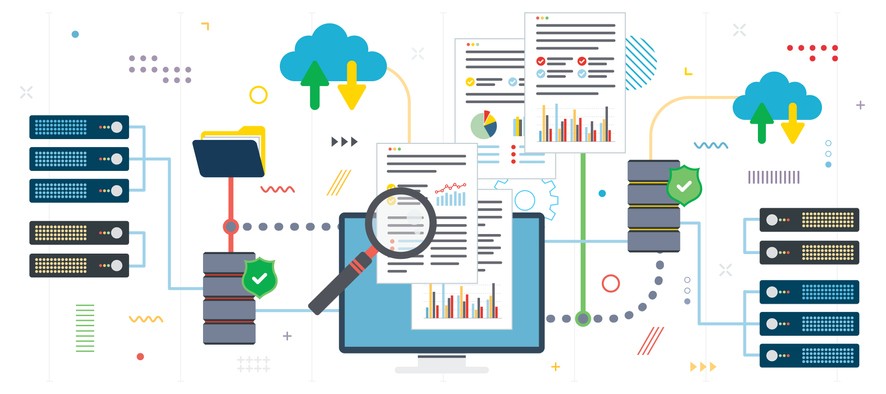We began this blog series with Part 1 on how to use reports from your B2B customer support software solution to interpret key data and implement strategies as a result.
In Part 2 we explored how to use reporting to determine how happy your customers are and what to do if they’re not.
We conclude this series with Part 3 where we walk you through how to make strategic business decisions based on trends.
Total number of customer requests in the past 30 days
One of the most common data points found through your B2B customer support software is total customer requests received in the past 30 days and comparing it to a previous timeframe (previous month or same month, previous year). An analysis like this will let you see bigger trends, such as an increase in the number of requests or an increase in response time, that you may not identify just looking at daily metrics. Then you take a deeper dive into the “why” behind this metric and make adjustments accordingly. Could there be a bug? Or a new enhancement that is confusing to the users? Did turnover or a staffing increase on your support team result in newer agents taking a longer time to solve issues?
Customer requests received daily (across all channels)
This is one of the basic metrics that all customer service reports should include. By keeping an eye on this metric daily, you’ll begin to spot trends over time and prepare for them. For example, you may notice you receive a lot of tickets on Tuesdays or after a new software version has launched. Analyzing such trends will help you make staffing decisions according to days of week and whether to staff after business hours or on weekends. It can also help you determine how effective your self-service resources are and whether your live chat or chat bot tools are helping your ability to respond during times when your team experiences a heavy volume of requests.
Industry trends versus company trends
For a long time, customer service leaders focused on one conversation or resolving one ticket at a time. They recorded calls between a rep and their customer, and this was the primary driver for improving their operations. Now, customer service has evolved so the conversation is just one small component of a broader customer experience as B2B companies focus on a holistic approach to the entire customer relationship. And they are using innovative software solutions that help that effort by automatically determining message sentiment and providing detailed product tracking and analysis, as two examples.
When businesses look at trends in their support operations, such as why customers even contact the service team in the first place, they can not only use the information to streamline operations to make teams more efficient, but they can stay current with, even ahead of, industry trends to improve the value of the conversations that actually happen.
All leading to more meaningful customer relationships.
Looking For Startup Consultants ?
Call Pursho @ 0731-6725516
Telegram Group One Must Follow :
For Startups: https://t.me/daily_business_reads







